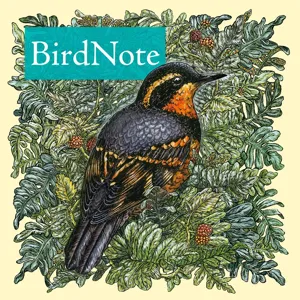This week's episode is about the secret life of pinecones and cones- the fascinating fruits of conifers. We chat about the ingenious design of the encasement of woody cones and how they pollinate and protect seeds.
Then wrap up with a reflection on native Rhododendrons (Rhododendron maximum) we came upon on our way to Blue Mountain Lake, part of the Delaware Water Gap Recreational Area.
And, a personal note about Jolee, our rescue dog, and kind passersby who expressed concern seeing me walking without her, demonstrating the difference we can make by recognizing when something or someone is not the same.
Link to Related Stories:
The Hidden Life of Pinecones
Native Rhododendrons
Flora & Reflections from Blue Mountain
Repurposing Christmas Trees – including using them to feed the birds.
***
I'd love to hear about your garden and nature stories. And your thoughts about topics for future podcast episodes. You can email me at AskMaryStone@gmail.com. Thanks so much for tuning in :^)
You can Follow Garden Dilemmas on Facebook and Instagram #MaryElaineStone
Episode web page —Garden Dilemmas Podcast Page
Thank you for sharing the garden of life,
Mary Stone, Columnist & Garden Designer
AskMaryStone.com
More about the Podcast and Column:
Welcome to Garden Dilemmas, Delights, and Discoveries.
It's not only about gardens; it's about nature's inspirations, about grasping the glories of the world around us, gathering what we learned from mother nature, and carrying these lessons into our garden of life. So, let's jump in in the spirit of learning from each other. We have lots to talk about.
Thanks for tuning in, Mary Stone
Garden Dilemmas? AskMaryStone.com
Direct Link to Podcast Page





